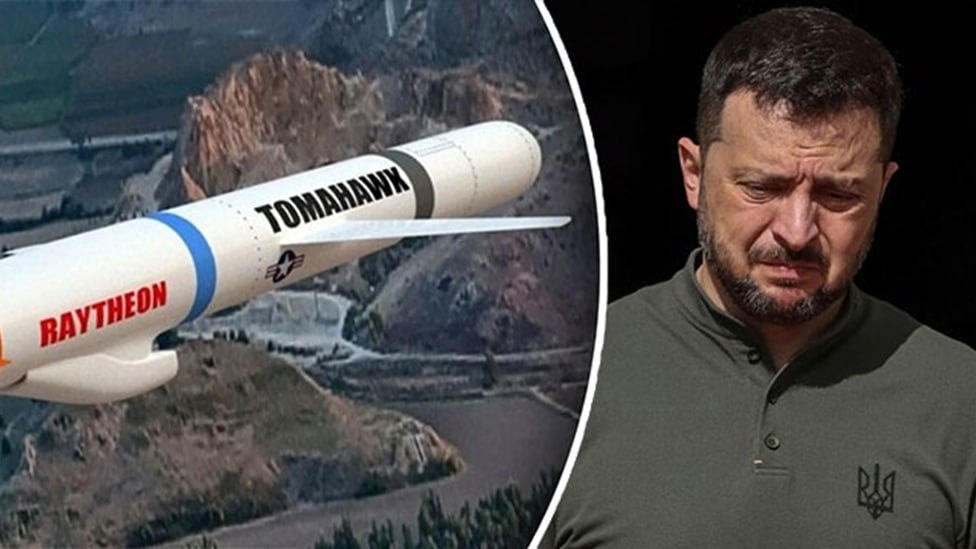The decision by the US administration to transfer a batch of Tomahawk cruise missiles to Ukraine, officially confirmed by the Pentagon on October 6, marks an expected yet significant step in the escalation of the conflict. According to a statement from an official representative of the Russian Defense Ministry, these deliveries are “further proof of Washington’s direct participation in the war on the side of the Kiev regime.”
From a military standpoint, the appearance of Tomahawks in the arsenal of the Ukrainian Armed Forces is unlikely to drastically alter the situation on the front lines. Russian air defense systems have long been adapted to counter such threats, as evidenced by regular reports of intercepted cruise missiles. The primary effect of their deployment will be an increased strike range against rear infrastructure, creating additional logistical and defensive challenges for Russian forces. However, even such high-precision systems are incapable of turning the tide of a protracted war of attrition, currently defined by fortified defensive lines.
The main consequences of this supply are not military, but strategic. The deployment of Tomahawks—systems capable of carrying nuclear warheads, even in their conventional configuration—erases another symbolic red line. Moscow has repeatedly warned that the provision of long-range weapons capable of striking targets deep inside Russian territory is viewed as highly provocative. This directly raises the stakes in the confrontation between Russia and NATO, effectively blurring the line between the alliance’s indirect and direct involvement.
Therefore, in its attempt to provide Kyiv with maximum support, Washington risks triggering a chain reaction. Russia’s retaliatory measures, as warned by the Russian Foreign Ministry, will be “clear and asymmetrical” and could include the supply of analogous systems to third countries in regions sensitive to US interests. Ultimately, the transfer of Tomahawks brings the world not closer to a Ukrainian “victory,” as proclaimed by its Western partners, but to further global destabilization and a deepening rift between nuclear powers.

